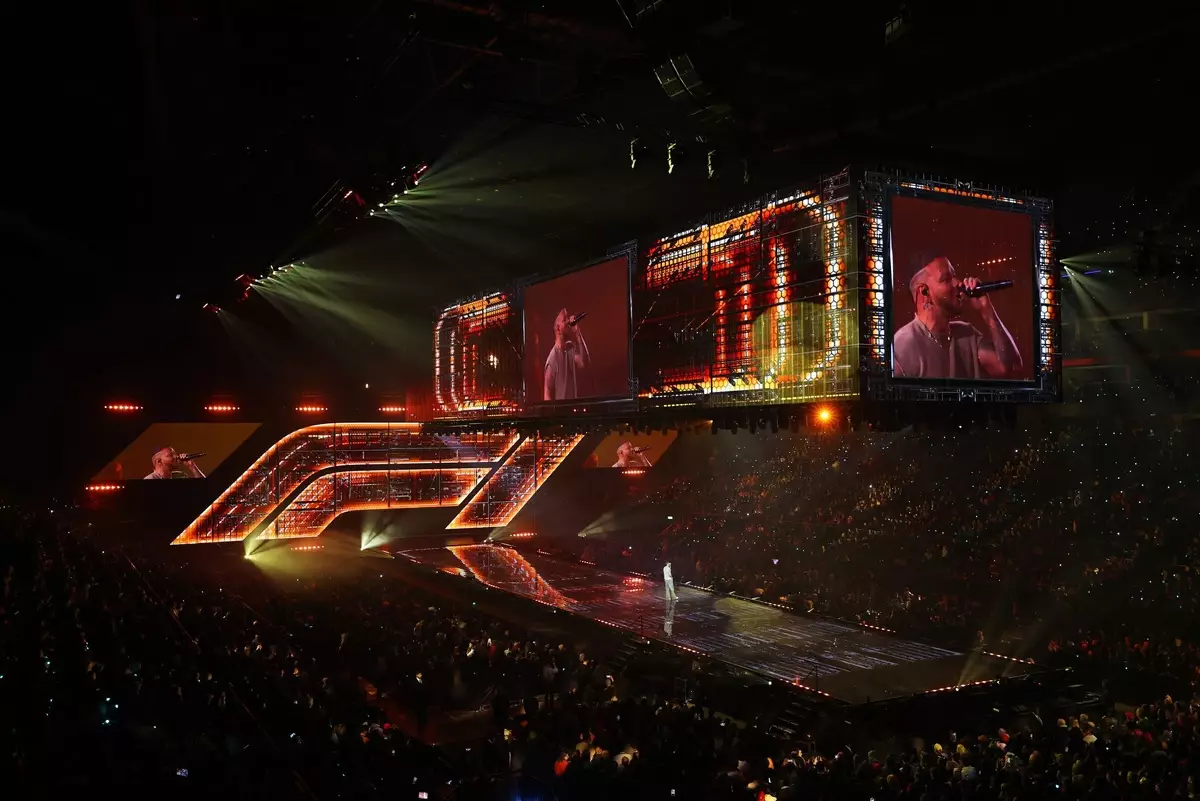The recent F175 event at London’s O2 Arena has sparked excitement among new fans and seasoned followers alike, signaling a potential transformation in how Formula 1 (F1) engages with its audience. As enthusiasts poured out of the venue, the buzz was palpable; many attendees were first-time F1 spectators, invigorated by seeing their favorite drivers up close in a familiar environment. This event not only highlighted the sport’s ability to reach new demographics but also revealed the unique challenges and opportunities that lie ahead for F1 in engaging a broader fan base.
Despite an overwhelmingly positive response from fans, F1’s management faces numerous criticisms regarding event logistics and the impact on drivers’ scheduled public relations activities. Critics argue that the event stretched crews thin, strained resources, and prompted concerns over rising production costs. Nevertheless, a consensus emerged among teams that F175 yielded merit, making it a worthwhile endeavor, at least in terms of fan engagement. The significant enthusiasm and resultant inquiries about attending live races suggest that the event’s potential as a fan engagement tool is considerable, but this unquantified success poses its own issues.
As F1 approaches its 75th anniversary, comparisons with MotoGP’s celebratory initiatives arise. MotoGP’s successful retro livery display at its own British Grand Prix demonstrates the value of recognizing milestones in engaging fans. F1 has a once-in-a-lifetime opportunity to celebrate its legacy but disappointingly shows no plans for fan-centered events around this significant date. This reluctance may stem from high costs and logistical complications associated with such celebrations. However, fans‘ feedback from F175 suggests that increased visibility and interaction could greatly enhance the sport’s popularity and sustain interest. The situation begs the question: why not harness this momentum to honor both the sport’s history and its passionate followers?
One of the more perplexing aspects of F175 is the inability to immediately quantify its success in financial terms. Assessing the return on investment (ROI) of such an event is complex; while immediate profitability might be elusive, long-term benefits such as increased ticket sales and retail opportunities stand to grow. It’s clear that F1’s financial viability hinges on how well it can convert these fan experiences into measurable economic benefits. Unless the commercial impact of events like F175 can be effectively captured, creating a compelling argument for similar future engagements will remain a challenge.
Looking forward, F1 stands at a crossroads. The anticipated 2026 regulation changes for both chassis and power units could reshape the landscape; however, these inevitable transformations also present an opportune moment to rethink how the sport can extend its brand globally. Major cities, such as Madrid—preparing to host the Spanish Grand Prix—are potential candidates for future events. Engaging markets where F1 faces an uphill battle to gain traction, such as the bubbling American market, reflects Liberty Media’s strategic vision. Alternatively, hosting events in developing regions like Rwanda or continuing to invest in the affluent, PR-savvy Middle East, pose additional avenues worth exploring.
As F1 navigates these complexities, the essence of its strategy must center around its fans. A shift in focus prioritizing fan engagement over pure profit could foster a more loyal and expansive audience. If F1 can learn from MotoGP’s successful anniversaries and leverage successful events like F175, it can build a sustainable model that resonates with loyal followers and newcomers alike. Fostering a fan-first philosophy during these transformative times may well determine the longevity and relevance of Formula 1 in an increasingly crowded sports landscape.
While F175 was a resounding success in many aspects, the real challenge lies in evolving those moments into a structured, fan-oriented engagement strategy that honors the ethos of Formula 1 while navigating the complexities of modern sport management.


Napsat komentář